Search results7 results
COLLECTION

Austria, 1784
The Josephinum is the owner of one of the world's largest collections of anatomical wax models from the 18th century, commissioned by the Austrian Emperor Joseph II. The order of 1,192 pieces was made between 1781 and 1784 and fulfilled in Florence under the supervision of the physicist, anatomist and naturalist Felice Fontana, physician and anatomist Paolo Mascagni, and modeller Clemente Susini. Today, the unique collection is on display at the Josephinum and includes full-length models as well as individual body parts, organs and systems. The exhibits are stored in original vitrines of rosewood and Venetian glass.
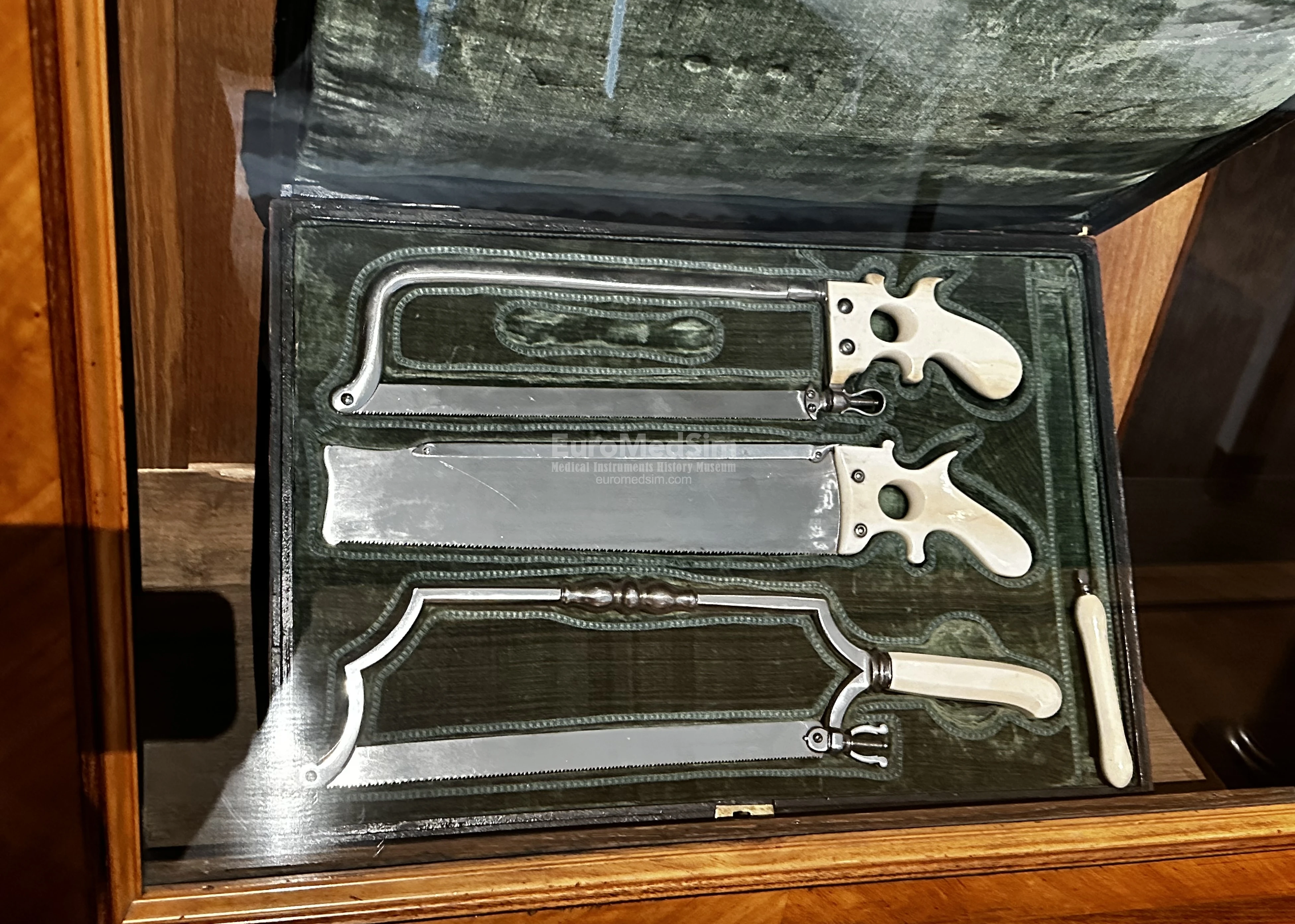
Austria, 1785
A collection of 65 sets of surgical instruments made by Viennese craftsman Joseph Malliard under the direction of Giovanni Alessandro Brambilla, an Italian-born Austrian surgeon eighteenth-century innovator in military surgery. Today, this collection, known as the “Instrumentarium Chirurgicum Militare Austriacum” is on display at the Josephinum Museum, Vienna
PEOPLE
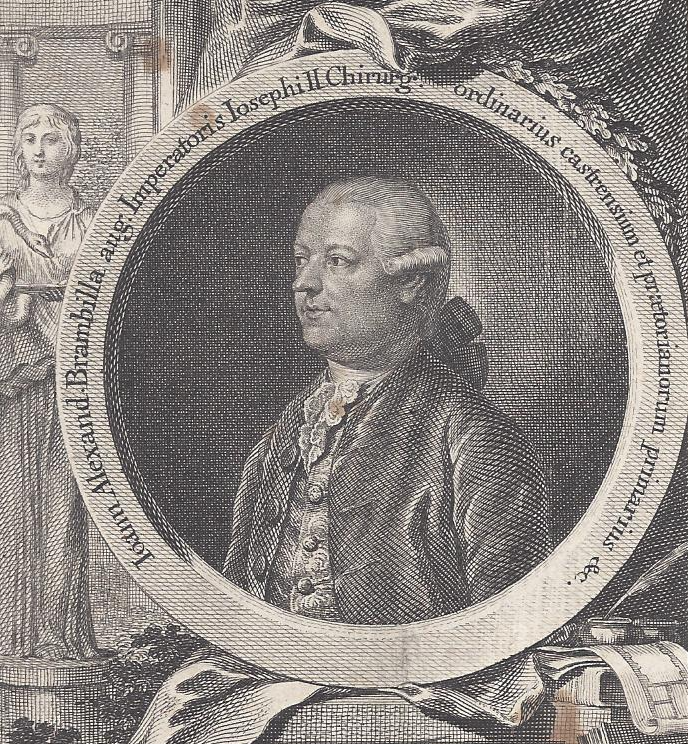
Giovanni Alessandro Brambilla, Baron di Carpiano(San Zenone al Po, April 15, 1728 – Padua, July 30, 1800, was a great Italian and Austrian surgeon, Court Surgeon of the Emperor Joseph II, founder and the first director of the Military Medicine-Surgical Academy Josephinum, Vienna, Austria
MUSEUM
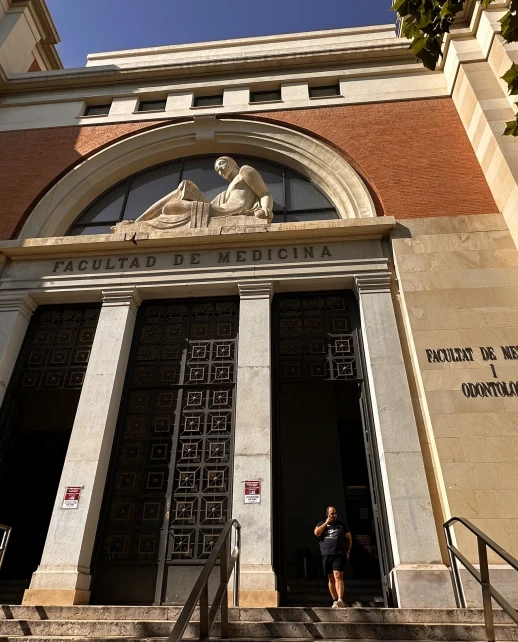
Spain, Valencia
Scientific and Medical Collection of the University of Valencia is located in the great hall on the second floor of the Faculty of Medicine and Dentistry of the University of Valencia, open to the public from Monday to Friday from 10:00 to 20:00
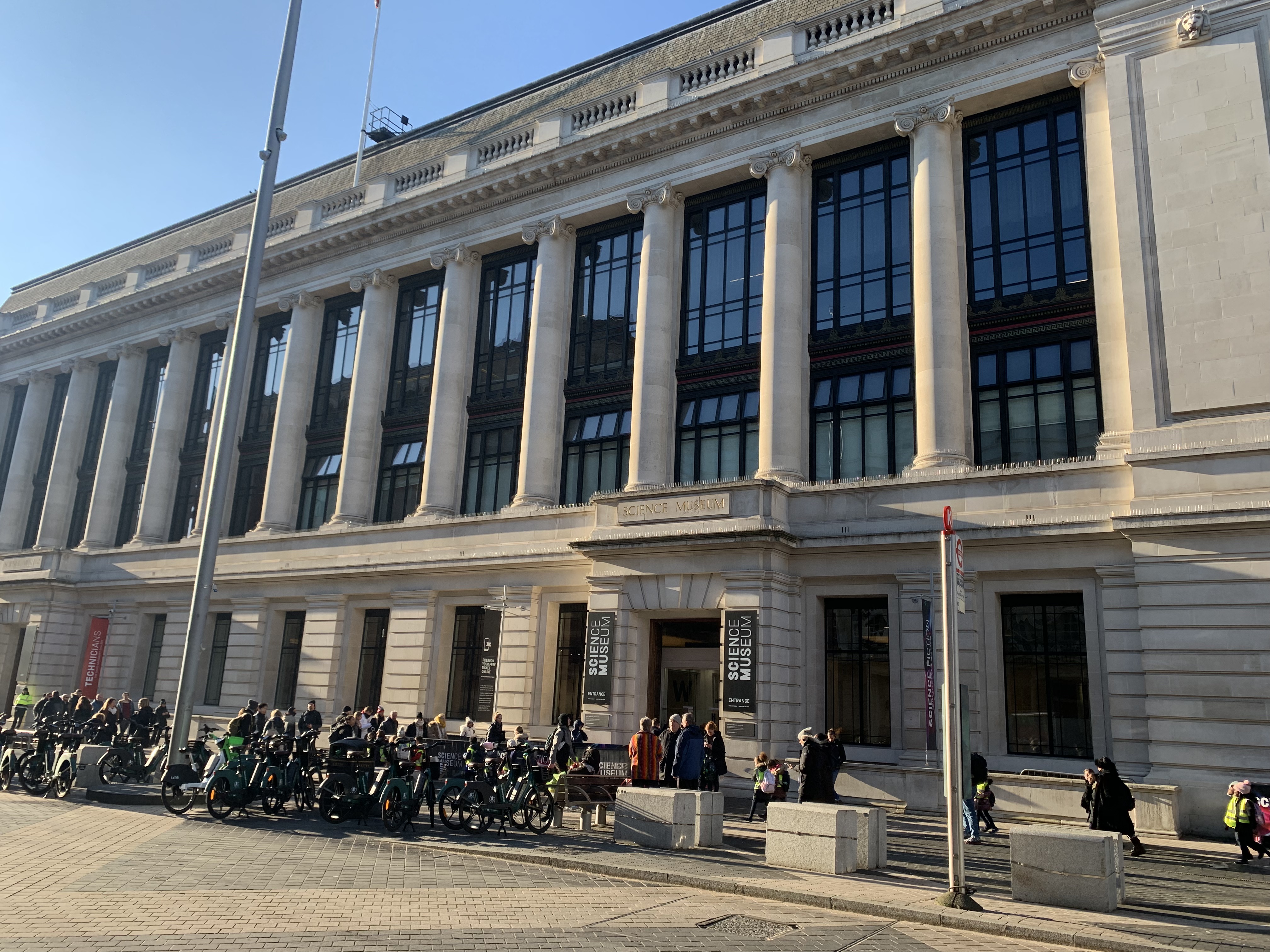
England, London
The Science Museum in London hosts one of the world’s largest medical collections, born from Sir Henry Wellcome’s vision to preserve the history of healing through objects. The modern Wellcome Galleries display over 3,000 items—from Fleming’s penicillin mould and the first MRI scanner to early prosthetics and surgical robots. Blending science, history, and ethics, the galleries engage millions of visitors yearly, while the digital catalogue and ongoing acquisitions ensure global educational and research impact.
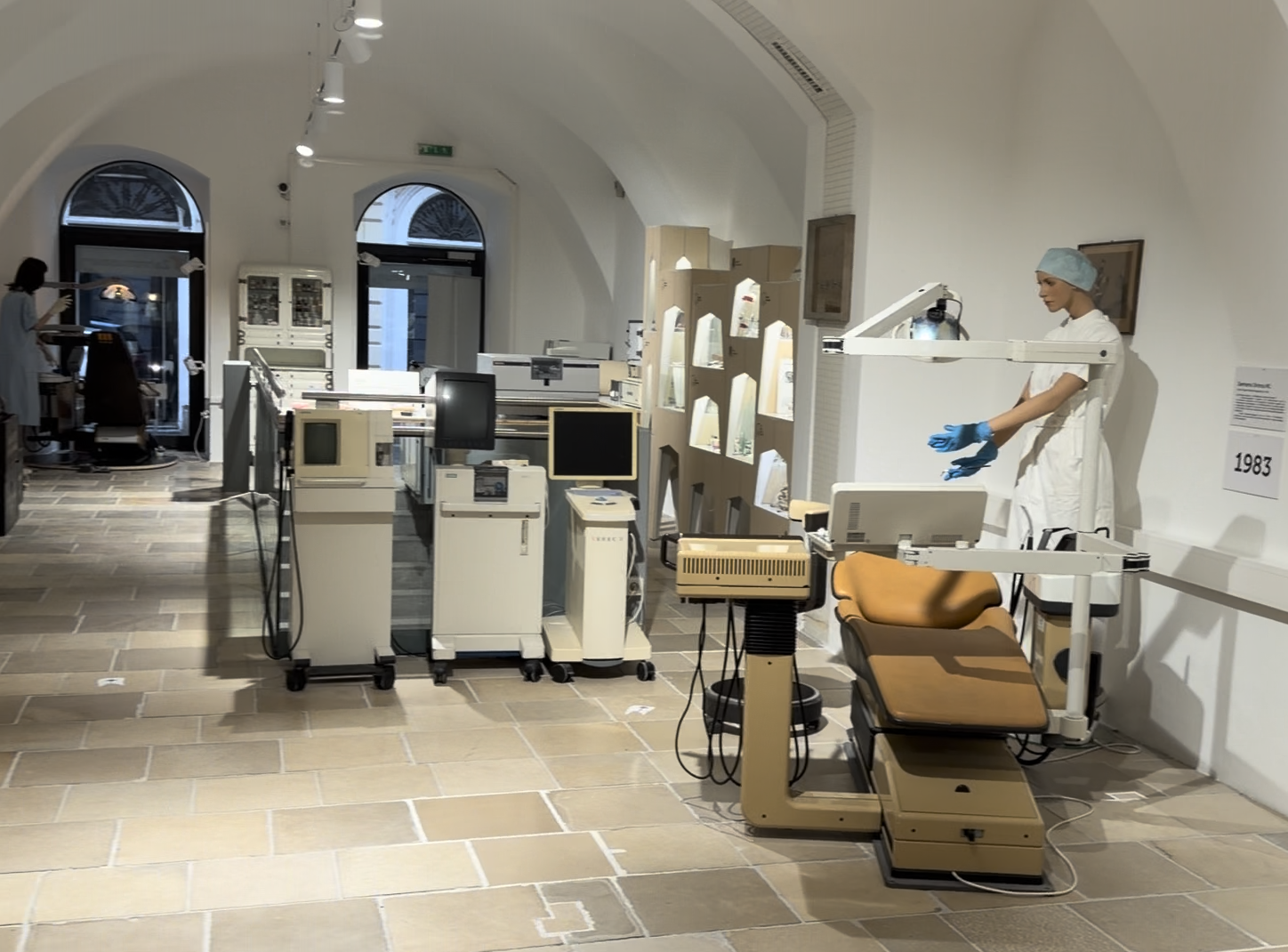
Austria, Linz
After extensive renovation, the Zahnmuseum (Museum of Dental History and Dental Technology) of the city of Linz has reopened its doors in the Old Town Hall building at Hauptplatz 1. Although the exhibition is located under the vaulted arches of a medieval building, the exhibition halls have a modern architectural design and are located on the first and basement floors. Here you can see unique exhibits, among which the most interesting are the workplaces of dentists from the 19th century onwards.
Articles

Wax anatomical models designed to train physicians and educate the public were once innovative educational teaching aids. Some world-class museums including La Specola in Pisa, Josephinum in Vienna, Palazzo Poggi in Bologna, Science Museum in London, Semmelweis Museum in Budapest, Muséum national d'Histoire naturelle in Paris are proud of their collections. This amazing craft, combining art and science, anatomy and chemistry, practical skill and theoretical knowledge, which stood at the forefront of innovation in the 17th and 18th centuries, originated and flourished in Northern Italy